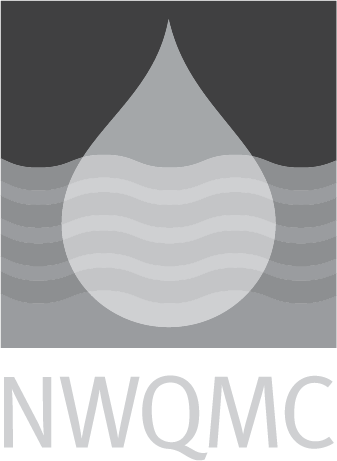USGS-NWQL: I-2058: Anions, dissolved, water, IONCHR
|
Official Method Name
|
Anions, ion-exchange chromatographic, low ionic-strength water, automated |
|---|---|
|
Current Revision
| 1985 |
|
Media
|
WATER |
|
Instrumentation
|
Ion Chromatography |
|
Method Subcategory
|
Inorganic |
|
Method Source
|
|
|
Citation
|
Methods for the Determination of Inorganic Substances in Water and Fluvial Sediments, Techniques of Water-Resources Investigations of the United States Geological Survey, Book 5, Chapter A1 Edited by Marvin J. Fishman and Linda C. Friedman |
|
Brief Method Summary
|
Chloride is determined sequentially with six other anions by ion-exchange chromatography. Ions are separated based on their affinity for the exchange sites of the resin. The separated anions in their acid form are measured using an electrical-conductivity cell. See method I-2057, anions, ion-exchange chromatographic, auto-mated, and method I-2058, anions, ion-exchange chromatographic, precipitation, automated. |
|
Scope and Application
|
This method may only be used for the determination of dissolved bromide, chloride, fluoride, nitrate, orthophosphate, and sulfate in water with a specific conductance of approximately 100 uS/cm or less. Analysis must be performed on a filtered (rinsed 0.45 um membrane filter) or particulate-free, unacidified sample. |
|
Applicable Concentration Range
|
The range of the method varies by analyte; see the method for more information. |
|
Interferences
|
A negative peak or dip, which is caused by a combination of water and carbonate, is seen in the chromatogram using a fiber suppressor. This interference is eliminated by adding concentrated eluent to the sample. Because low-ionic strength samples contain low concentrations of these six anions, there will be no unresolved peaks and, therefore, no interferences. Oxalate, acetate, or formate may interfere if present. |
|
Quality Control Requirements
|
Calibrate instrument using calibration standards (CAL). Quality control samples (QCS) and laboratory blanks (LB) analyzed at a minimum of I each after every 10 samples. (Reference OFR 95-443). |
|
Sample Handling
|
Container Description: 250 mL Polyethylene bottle. Treatment and Preservation: Filter through 0.45-um filter; using filtered sample to rinse container. |
|
Maximum Holding Time
|
180 days |
|
Relative Cost
|
$51 to $200 |
|
Sample Preparation Methods
|




